
Five Reasons for Counter-Strike: Global Offensive's Enduring Popularity - Article
by Craig S , posted on 04 February 2022 / 6,528 ViewsThe following is a guest editorial.
Valve's incredibly successful FPS title Counter-Strike: Global Offensive (CS:GO) will have launched a decade ago later this year. The follow-up to Counter-Strike/Counter-Strike: Source still regularly tops both the Steam player charts and the revenue charts; it's a constant presence near the top of the Twitch charts too. What explains its enduring popularity, especially given its age, and despite belonging to a genre that's traditionally renowned for being at the cutting edge of graphics technology?
1 - Gameplay First
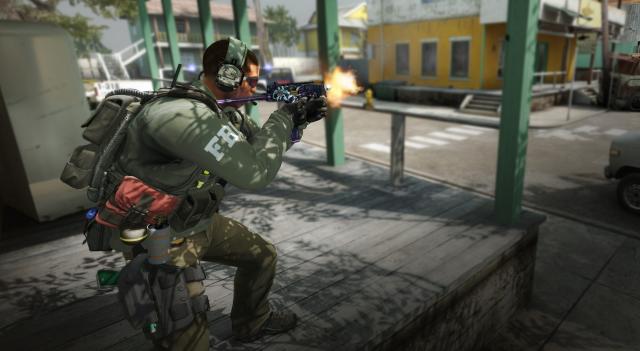
10 years is almost an eternity in gaming terms - not only because of increased power allowing for better graphics technology, but also because of advancements in things like AI, world design, and sense of scale. All things which aren't really a core focus of CS:GO and never have been. Even when it first released the graphics weren't particularly impressive.
It was about core principles first: gameplay and gunplay that was pared back but technically supreme, mixed with a strategic PvP element, resulting in a game that was highly addictive. No fancy abilities, no epic narrative, no flashy visuals, just pure and honest arena-based shooting that allowed you to text your real FPS skill. CS:GO manages to encapsulate that 'easy to play, hard to master' feel too, which is part of the reason players keep coming back to it, even if just for the occasional match.
2 - Steam Second
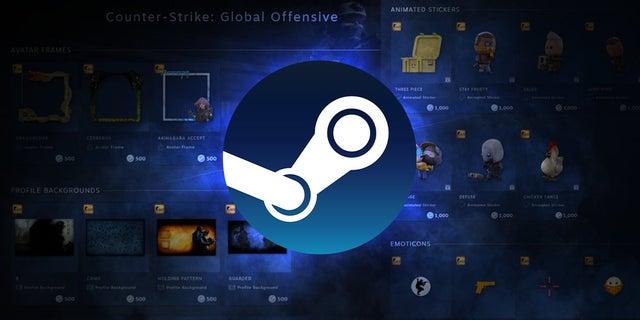
A game's first year, and in a handful of cases the first few years, are usually crucial to the success of any title. Valve's titles all have a huge advantage in this respect, since the company owns the world's premier PC video game storefront in Steam. CS:GO effectively had massive amounts of free advertising in this space for years, starting with the build-up to the game's launch and continuing to this day with any major updates and some CS:GO tournaments being heavily publicised on Steam.
On top of that, CS:GO's initial userbase was quickly heavily bolstered by the game's frequent presence in Steam store sales. Heavily discounted and advertised in all Steam sales during the game's first eight years, this helped to ensure a constant stream of new players, and thus an active player base.
3 - Premium Free-to-Play Product
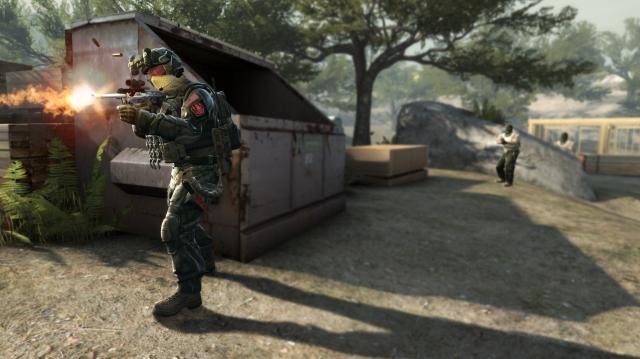
One obvious reason for its continued longevity is that it's now free-to-play. To be clear, it didn't become popular because it's free-to-play - in fact, CS:GO was a traditional premium purchase-only title until 2018 (at which point it transitioned to free-to-play), and a very successful one at that, selling over 40 million copies. But by successfully transitioning into a free-to-play model Valve has managed to extend the game's lifespan considerably.
On top of that, at a time when free-to-play often conjures up negative images of a cheap cash grabs that are more pay-to-win than anything else, CS:GO represents both a premium product and a game that's genuinely free to play.
4 - Popularity as an eSport
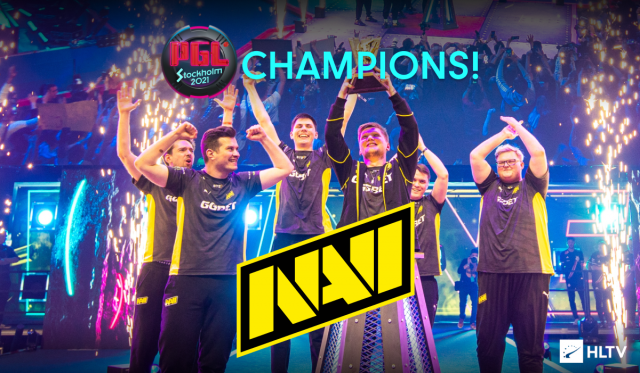
Not many games are able to retain players over a lengthy period of time. Some do, like League of Legends, World of WarCraft, and Valve's other mega-success Dota 2, but these are very exclusive exceptions. One of the best ways for competitive PvP games to retain players nowadays is if they're able to cultivate a strong eSports scene. Valve has done that, both with CS:GO and Dota 2.
With strong communities on sites like Reddit built up around these titles, users tend to remain engaged with the games even if they no longer play, following tournaments, players, and teams they support. They'll often purchase battle passes and in-game content which are linked to the eSports scene, trade and purchase skins and items, and even gamble using sites like MonsterGames to find odds for their favourite teams. This continued engagement means continued support for the game, and users often returning to play after short breaks, where they might otherwise have moved on for good.
5 - Skins, Maps, & Long-Term Support
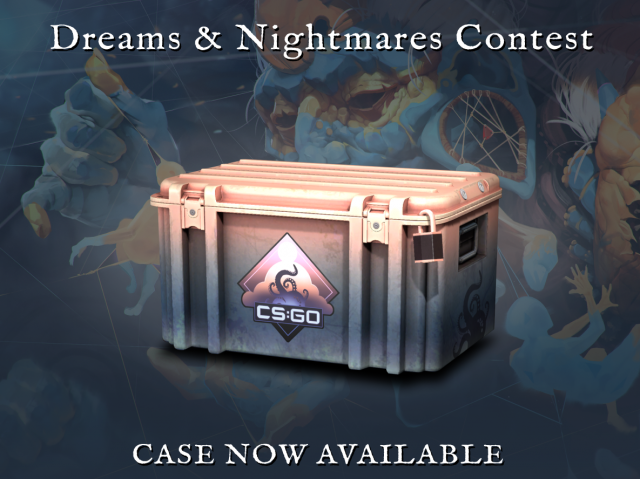
A vital component of CS:GO's longevity is of course Valve's own continued support for the game. The community might meme about it being abandoned, drawing comparisons to Team Fortress 2, but both titles continue to receive long-term support and updates far beyond most normal games.
This often goes hand-in-hand with CS:GO's strong eSport scene. Premier tournaments tend to mean more in-game cosmetics, which result in high revenue streams, which then feed in to more continued dev support for the game as a whole, including a fairly regular stream of new maps and modes.
These cosmetics, or skins as they're called in CS:GO, add a customisation element to the game; one that, like Team Fortress 2's hat system, is far more compelling and addictive than you might initially expect. The time or financial investment required to collect your favourite skins is also likely to mean you stick around for longer.
With almost a decade under its belt CS:GO shows few signs of slowing down. The game set a record for peak players in 2020 at the height of the Covid lockdowns, but even now it continues to frequently hit the one million players mark, and its eSports and Twitch scene outpace all but the biggest new releases. But while they come and go in a flash, CS:GO is a constant. Long may it continue.
More Articles
It’s amazing how games made by Valve are so enduring. Even Team Fortress 2 regularly gets 70,000-100,000 concurrent players on a daily basis!
I think at some point this becomes a self-fulfilling cycle. People expect this type of game from Valve to have long-term support. So, people that care about long-term support buying to the game, and because they're people that care about long-term support, they are generally there for the long term. Since the players are there for the long term, Valve knows that they can likely operate the game profitably for a long time, so they invest resources in doing so.
It is harder for a new developer to break into that space, because they don't have the built-in expectation that the game will last a long time.
Well deserved CS Go!








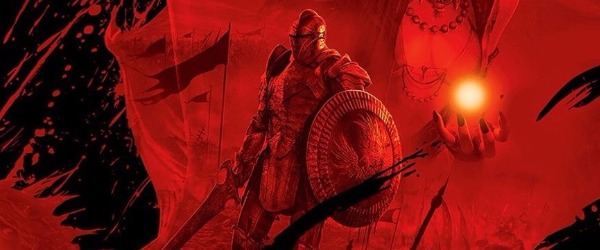













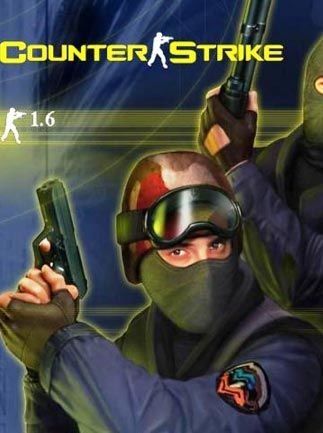



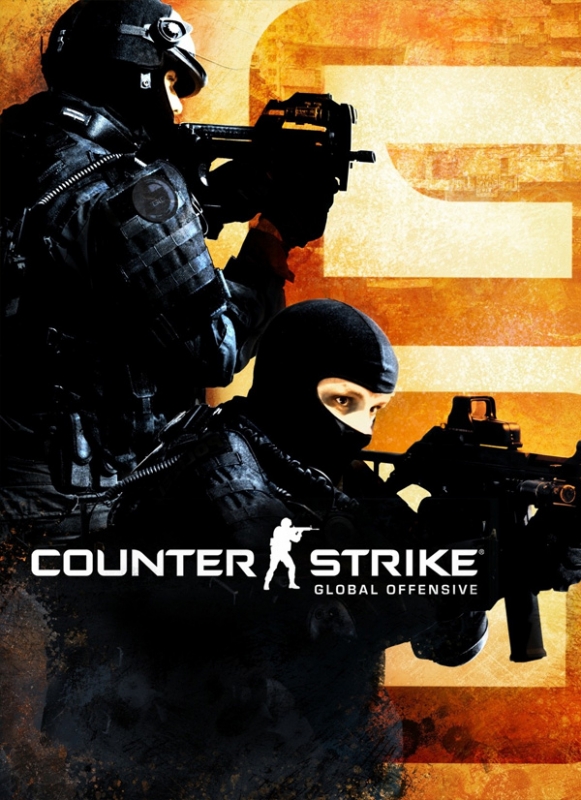
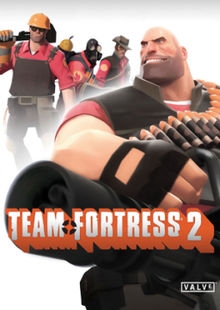
 Essay Pro
Essay Pro